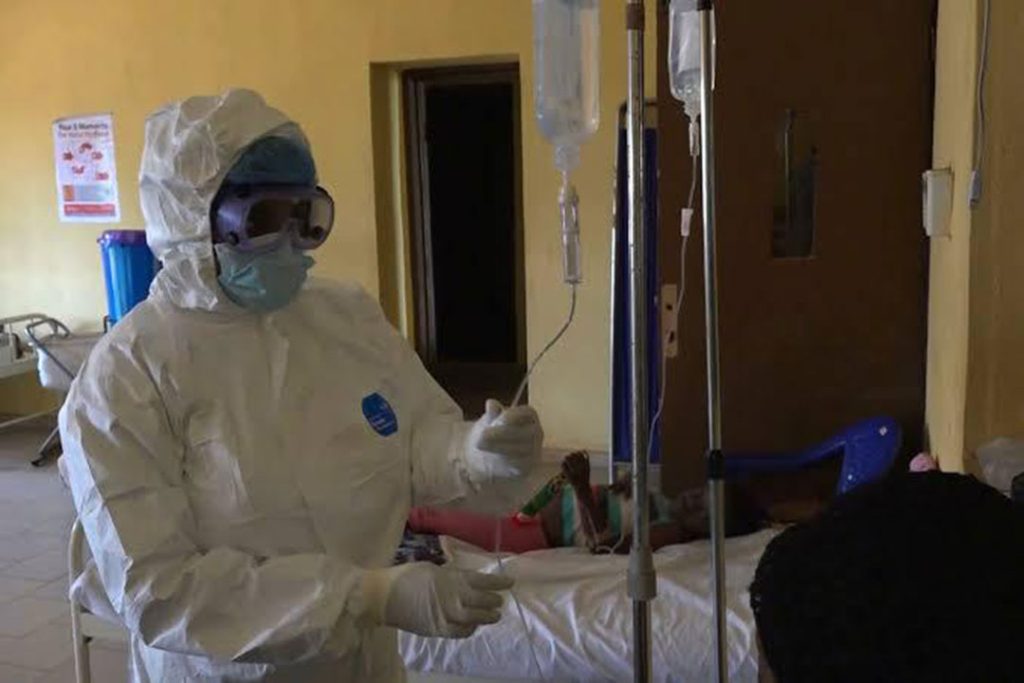Edo State has reported 36 confirmed cases of Lassa fever and eight deaths since the epidemic year began on December 30, 2024, according to the state’s Commissioner for Health, Dr. Cyril Oshiomhole.
A total of 336 suspected cases have been logged during this period.
Dr. Oshiomhole announced while officially declaring a Lassa fever outbreak in the state during a press briefing in Benin.
He highlighted the significant public health risks posed by the outbreak, emphasising the virus’s rapid transmission and potentially severe consequences if not promptly addressed.
Currently, 14 patients are receiving treatment at the Lassa Fever Treatment Centre in Irrua Specialist Teaching Hospital (ISTH).
“In 2024, the state recorded 3,270 suspected cases, 292 confirmed cases, and 41 deaths. This shows a decline from 2023, which saw 65 deaths from 372 confirmed cases,” he stated, underscoring the need for continuous vigilance.

To tackle the outbreak, the state has activated its Public Health Emergencies Response Management Team and strengthened collaborations with community leaders, healthcare providers, and international health organisations.
Measures include intensified disease surveillance, scaling up treatment centres, and raising public awareness about infection prevention.
Healthcare workers will receive protective equipment and training, while the government has also optimised the molecular laboratory at the University of Benin Teaching Hospital (UBTH) for enhanced Lassa fever testing. This increases testing capacity across the state, with facilities now available at both UBTH and ISTH.
Dr Oshiomhole tasked the response team with reducing the Case Fatality Rate (CFR) and assured residents of the government’s support in managing the outbreak.
Dr Ekaete Tobi of ISTH has been appointed as the state’s Lassa Fever Incident Manager to oversee response activities.
Lassa fever, a viral hemorrhagic disease endemic to West Africa, is caused by the Lassa virus. It spreads primarily through contact with the urine, faeces, or saliva of infected rats and person-to-person contact, particularly in healthcare settings.
Symptoms typically appear 6 to 21 days after exposure and range from fever, weakness, and sore throat in the early stages to severe complications like bleeding, chest pain, and organ failure in advanced cases. The disease is endemic in several West African countries, including Nigeria, Guinea, and Sierra Leone.


